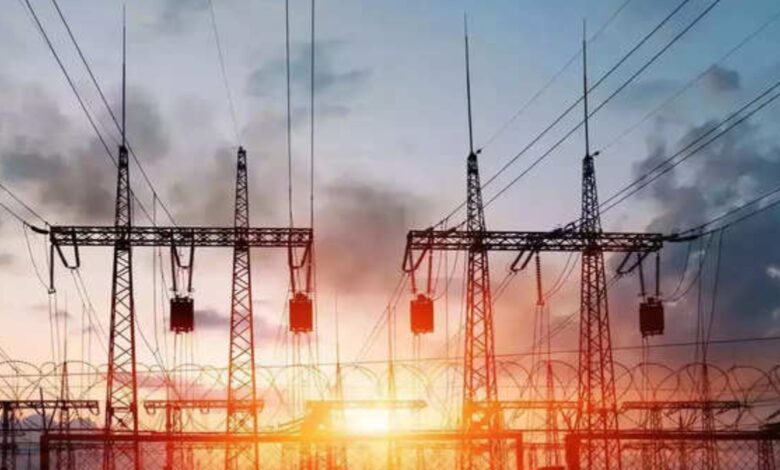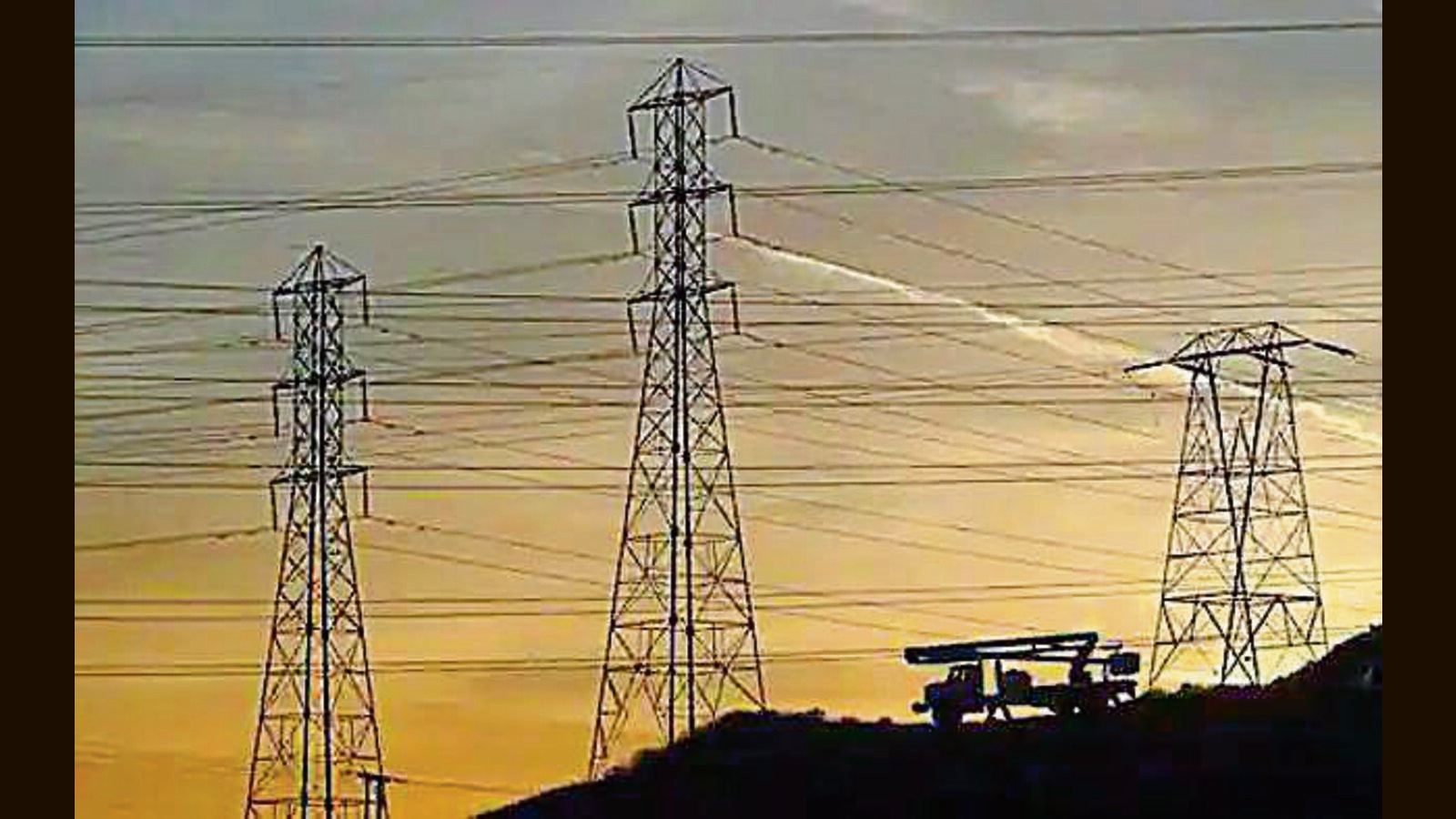Government orders all imported coal plants to operate in the middle of high-power demand 2022.

Government orders all imported coal plants to operate in the middle of high power demand 2022.
New Delhi: India has declared a situation of emergency to restart generating at some idle power facilities using imported coal that have been idle due to financial problems or high international coal costs, the government announced on Friday.
India is experiencing its biggest power shortage in over six years, with officials scrambling to save the supplies for power plants with pre-summer inventories at nine-year lows and demand expected to climb at a fast rate in at least 38 years.
Over 43% of imported coal-fired power plants, a total of 17.6 GW and account for 8.6% of India’s total coal power capacity, which is currently idle. To allow the plants to operate, officials have opted to apply an emergency clause in the nation’s electrical code.

Officials from the power ministry will work in cooperation with those involved in debt restructuring to bring financially strained idle facilities back online, and a government committee will make it easier for consumers to pass on higher generation costs, according to an order from the government.
India’s decision to use an emergency clause in the country’s electricity code to allow the recently idled power facilities to resume operations was exposed by Reuters in the past month.
It will help to restart Tata Power and Adani Power’s non-operational imported coal plants in Mundra, Gujarat. Due to industrial issues, some models were unable to function. If one discom does not use the power, it will most likely be given to other PPA holders, and the surplus will be brought to alternate.

A committee mainly comprised of the ministry of power, the Central Electricity Authority, and the Central Electricity Regulatory Commission can out the prices for the tasks that provide high-cost imported coal.
PPA holders could agree on a mutual tariff or pay the technology companies the value determined by the committee. Discoms may be required to make these payments to the plants every week at these rates.
Power can be purchased through different exchanges if discoms and producing businesses cannot reach an agreement. Every month, turbines and discoms must split the net revenue from the sale of an alternative. The order will be in effect until October 31st.
Mining income can be set off to the degree of the shareholding of the businesses inside the generating firms, such as Tata Power and Adani Power, which proudly own mines overseas.

Since at least the year ending March 2017, state-run utilities haven’t imported more than 7.1 million tonnes for mixing, while private enterprises haven’t imported more than 13.1 million tonnes. There is no data available before March 31, 2017.
A call for comment from the federal power ministry went unanswered right away. Although utilities are not needed to follow federal government directions, two government officials who attended talks about increased power consumption claimed states were told that if the particular quantities were not imported, blackouts would occur.
The letter stated that states and private enterprises “must import” coal to “maintain ongoing power supply in respective states.” To ensure that power stations have the minimum required coal stocks before the monsoon season begins, placement is important.
According to the letter, private businesses like Adani Power, Tata Power, Reliance Power, Jindal Steel and Power, Torrent Power, and Sembcorp have been given import the key points. Requests for a response from the corporations were not immediately answered.
“All-State generation companies and independent power plants shall submit a weekly management information system report to the Central Electricity Authority (CEA) and the Ministry of Power by every Friday about port-by-port indents, arrival, and delivery of imported coal plant-by-plant,” the letter stated.
In the country’s power plants, although, coal stocks continue to drop. On April 26, the total stock at the 165 operational facilities was 21.44 million tonnes, accounting for 32 percent of the essential inventory of 66.32 million tonnes. In addition, 105 plants have critical coal stock levels, which are less than 25% of the needed supply.
Union ministers for power and railroads met with officials from the power, coal, and railway ministries on Monday to explore strategies for increasing coal supplies to power generation businesses to fulfill the increased power demand in the middle of ongoing coal shortages.
Coal production, which calculates for more than 70% of India’s electrical output, has been unable to keep up with the huge energy demand resulting from the country’s post-pandemic industrial resurgence. The shortages are being exacerbated by logistical issues, like the lack of train carriages to transfer the fuel from mines to power plants.
“Cutting off electricity to the industrial sector might delay the manufacturing sector’s recovery by at least a quarter,” Aditi Nayar, an economist at ICRA Ltd, said.

According to the Institute for Energy Economics and Financial Analysis, stockpiles at coal-fired power plants have dropped more than 14% since April 1, leaving around 100 units with critical supply levels. On the basis of high demand, reserves are expected to shrink even more, with a monsoon season beginning in July.
Last year, monsoon rains sparked a previous power outage, which resulted in widespread power outages like coal mines and roadways were flooded, impeding production and shipments.
“We’re going to have a full-blown power crisis across the country if coal stockpiles continue to dwindle at this rate,” said Shailendra Dubey, chairman of the All India Power Engineers Federation, an advocacy group that makes energy policy recommendations.
According to India’s power ministry, electricity demand reached a new high of 207.1 gigawatts on Friday and is expected to grow to 220 gigawatts in two months. The industry regulator has limited average spot electricity rates at the Indian Energy Exchange, which have risen to around 10 rupees (13 cents) per kilowatt-hour, almost three times the average in January.




